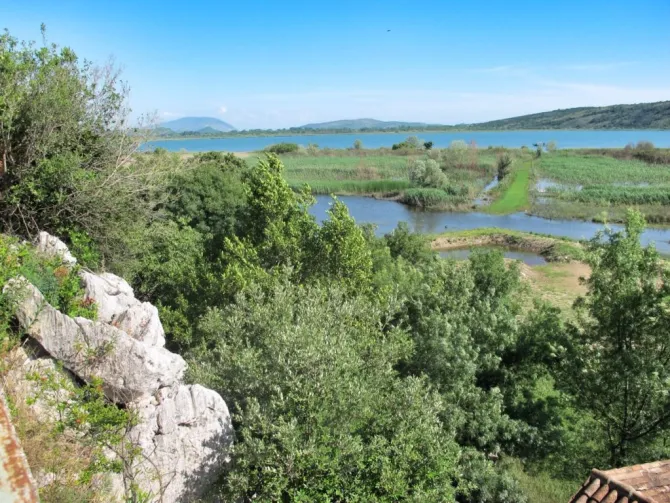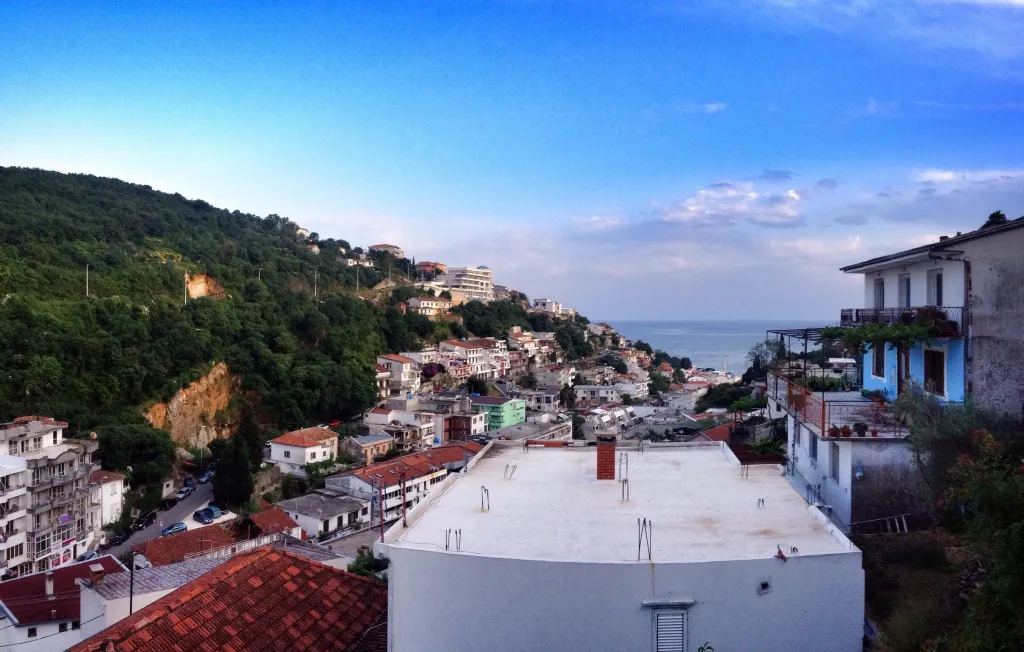Somewhere amidst the glamour of Budva and the magnificence of Kotor, Montenegro’s southernmost seaside town of Ulcinj seems to get a little overlooked on the international tourism map. From my own selfish perspective, that is just fine as I do tend to enjoy spending time in lesser-known vacation spots, but for the average uninformed traveler – well little do they are truly missing out by leaving one of the most interesting towns in Montenegro off of their itinerary.
Ulcinj (or Ulqin in Albanian), as I have mentioned before, is a place of legends and actually one of the oldest towns on the Adriatic. It has a fascinating history dating back over 2,000 years and a geographic location so good that just about everyone has conquered it (or at least tried) at some point or another from the Romans to the Illyrians, Slavs, Venetians, Ottomans, and even Mongolians.
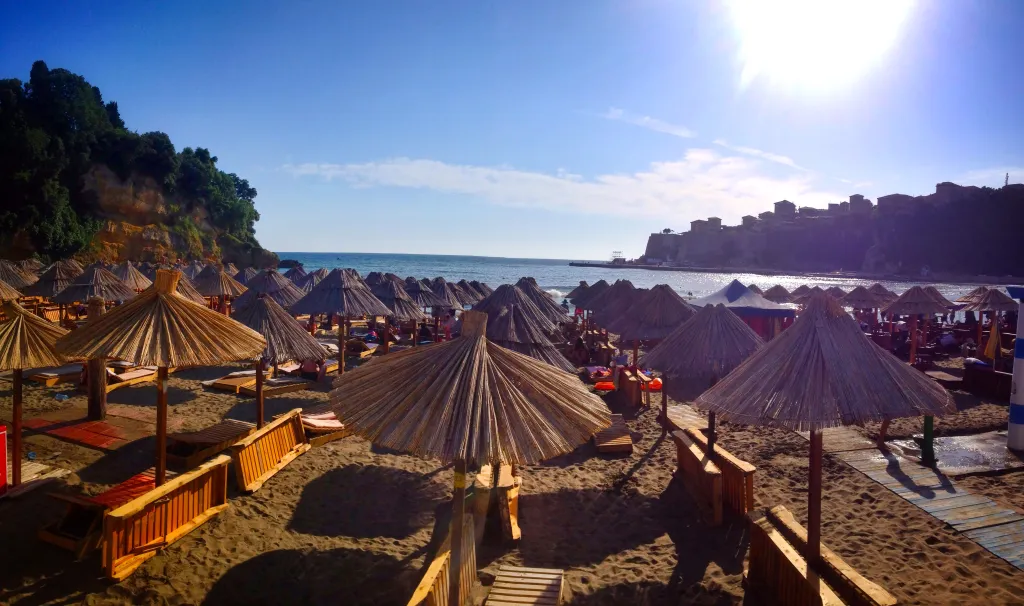
t was during the 300 years of Ottoman rule, however, when Ulcinj saw its glory days having earned itself a reputation as a perilous pirate outpost and major center for slave trade. Prosperity via pillaging, selling African slaves, holding wealthy landowners from Italy and Dalmatia for ransom, and overall just knowing how to play its cards amongst the major empires at the time. They say Miguel de Cervantes of “Don Quixote” fame was imprisoned here for a period which may or may not have inspired the character Dulcinea (Dulcigno is the Italian name for Ulcinj) and as well that in the old town you can find the grave of Sabbatai Zevi, the false Messiah. Folklore and legends aside, there is no doubt the locals are a colorful mix of culture though around 80% of the population today identifies themselves as ethnic Albanian and Albanian is more or less the most common language spoken on the streets.
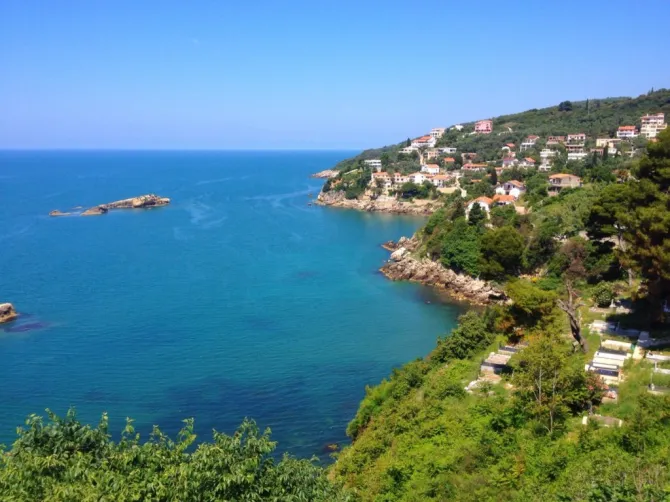
While the history and culture of the place is enough to leave one intrigued, there is still oh so much more to Ulcinj that makes it quite possibly the most underrated vacation spot in Montenegro. The destination that keeps on giving, I seem to discover something new and awesome to do around there every time I visit so with that here is a little summary of some of its best kept (and not so kept) secrets that will hopefully sway you south if you ever happen to make it to ol’ Crna Gora.
Old Ulcinj/Stari Grad – a happy hodgepodge of history and styles
Descending down into the center of Old Ulcinj, you I’ll immediately be struck by the uniqueness of the place. For starters, I’m not quite sure there is any other town in Europe where you can find a mosque (Sailor’s Mosque) practically on the main beach and listen to call to prayer as you are sunbathing amidst a mass of speedos and bikinis.
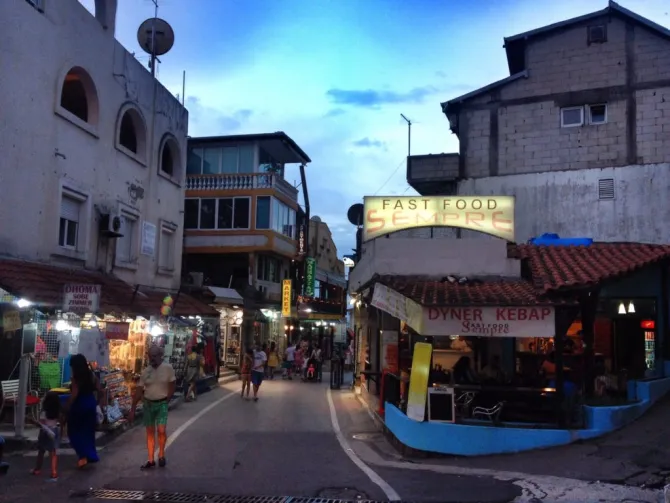
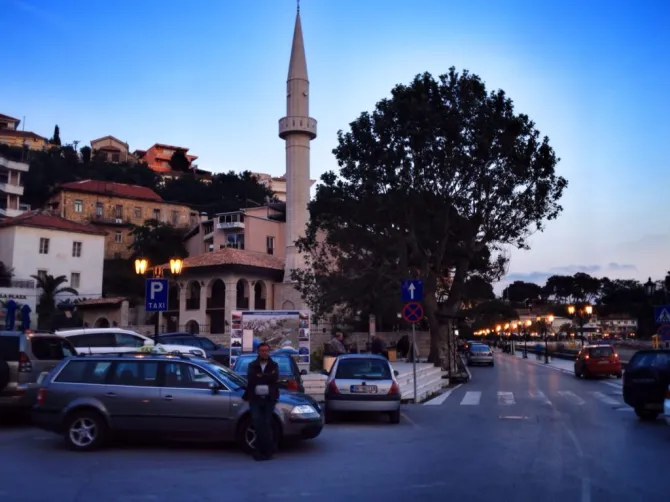
To the right of the mosque (in the picture below) and parallel to the main beach, Mala Plaža, is Ulcinj’s main drag called the Korzo which in the heat of summer it is popping off with restaurants, night clubs, and mostly Balkan tourists – particularly Kosovar. On the hill immediately behind, you can find your typical extraterrestrial spomenik, the Liberty Monument, left behind from Tito times.

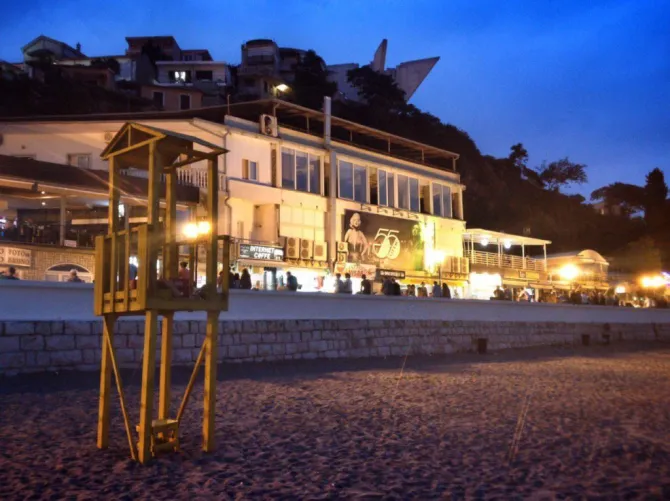
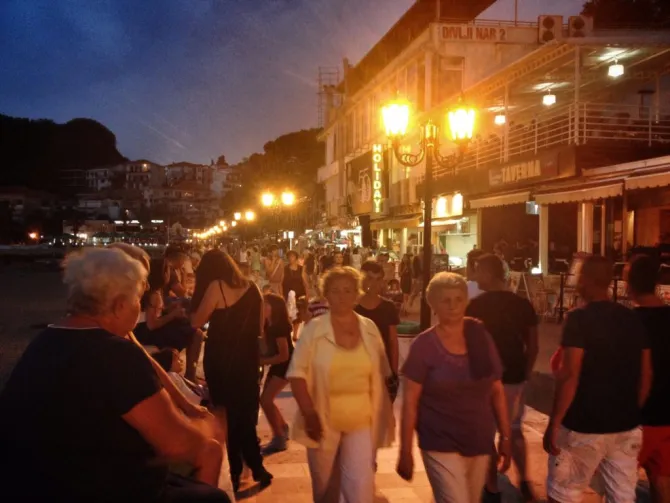
Like most of the other main towns along the coast of Montenegro, Ulcinj also has its own impressive fortress started by Illyrians and expanded upon by the subsequent ruling powers. There isn’t all that much going on the inside, which they call Stari Grad, except quite a bit of construction, a couple of hotels, and a few restaurants – but amazing views from all around, so definitely worth a trek up. There is also a little museum and an old church/mosque with square, Slave Square, which was where the aforementioned slaves were sold back in the day.

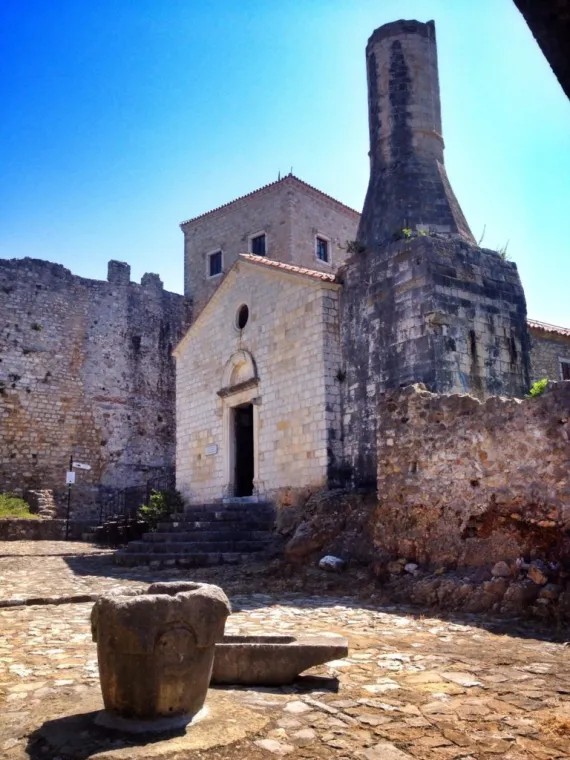
One of the best preserved bits of Stari Grad has actually been turned into a hotel – Palata Venezia – which is where I stayed on my last visit and can highly recommend because, let’s be honest, who wouldn’t enjoy waking up with this sort of view and having the possibility to hit up a fortress-top pool? Makes rooftop pools seem so…boring.
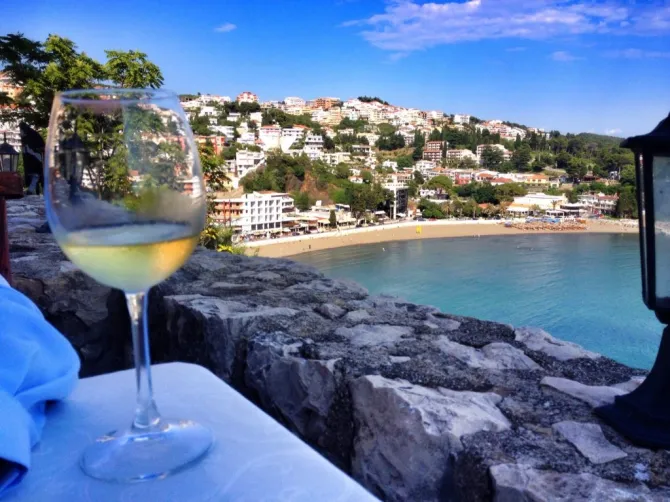

On the other side of the peninsula from Stari Grad and Mala Plaža, there are several beach clubs and beaches (the rockier, pebbly kind) to keep you busy including Ladies Beach for all of the ladies out there who want to tan their buns without getting creeped on. Aside from more privacy, there is a sulfur water spring there which they say can help with infertility issues.
Diving fans will be pleased to learn there is a whole underwater playground off the coast of Ulcinj as well that consists of quite a few wrecks and a lost town from Roman times they call “Oleotopolis” according to D’Olcinium Diving Club. Contrary to popular belief (and travel writing), most of the wrecks you can now dive were not ones destroyed by pirates – those are long gone – but actually sank during the First and Second World War so not much older than 100 years. Still, they should be fun to explore and for those who are not yet certified, CMAS courses here are pretty affordable compared to other places on the continent.

Velika Plaža – the star of Montenegro’s beach show
In a country with a stunning-but-mostly-rocky coastline, Ulcinj is a welcome relief for those who are searching for sandy beaches with no end in sight. Though not immediately apparent while hanging around the city center, drive less than 10 minutes south and you will find Velika Plaža, perhaps the best beach in Montenegro. This sexy strip of sand measures in at approximately 13 kilometers long and is by most accounts the largest stretch of beach on the Adriatic. Unfortunately, there is still no good (or at least formal) public transportation solutions to get you there from the center of town, but a taxi shouldn’t cost more than 7 euros one way and even easier if you have your own car.
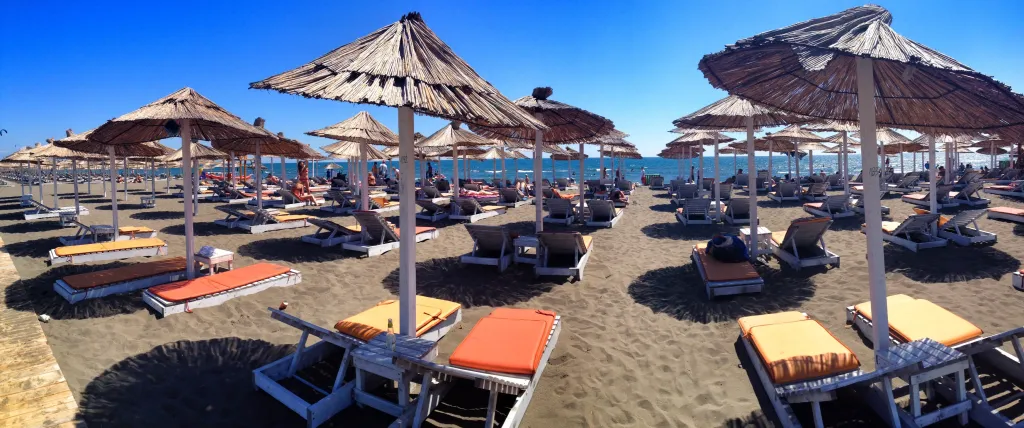
In addition to the most sand in Montenegro, Velika Plaža also has quite a bit of wind (the strong cross onshore kind) and as a result has become a premier spot for kitesurfing in Europe. All summer long you can try your hand at this relatively new sport at Dolcinium Kite Surf Club where they offer a variety of lessons for all levels as well as equipment rentals.
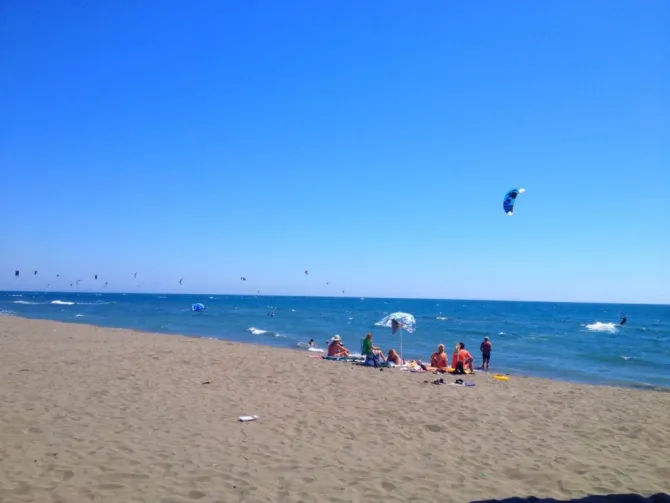
A bit further south, actually as far south as you can go in Montenegro, you will find the legendary Ada Bojana. It’s actually a two-square mile island that was miraculously created – most probably by Mother Nature, not sunken ships – where the river Bojana (or Buna in Albanian) meets the Adriatic Sea. It’s mostly famous for its nude beach and nude camping, but in my opinion, it’s also where you can have one of the most pleasant seafood experiences in the Balkans.
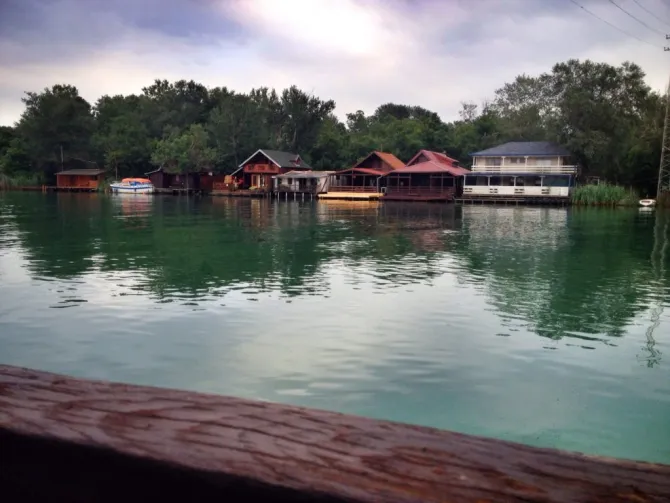
On both sides of the Bojana you can find a good selection of restaurants, though I do believe Restoran Cickova Carda might be the best. It has atmosphere, it has a great view of both the river and sea, it has an incredible selection of fresh fish, and it has quite possibly the tastiest tres leches cake I’ve ever tasted in my life. I would literally consider making the five hour drive there from Kosovo sometime just to eat and then go home if I was ever craving seafood bad enough.

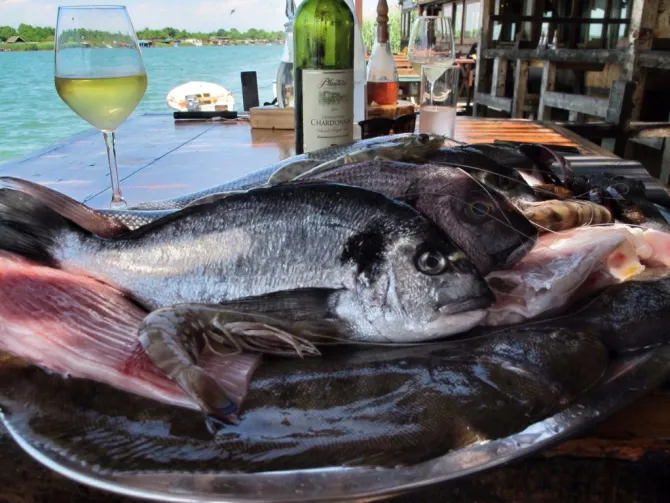
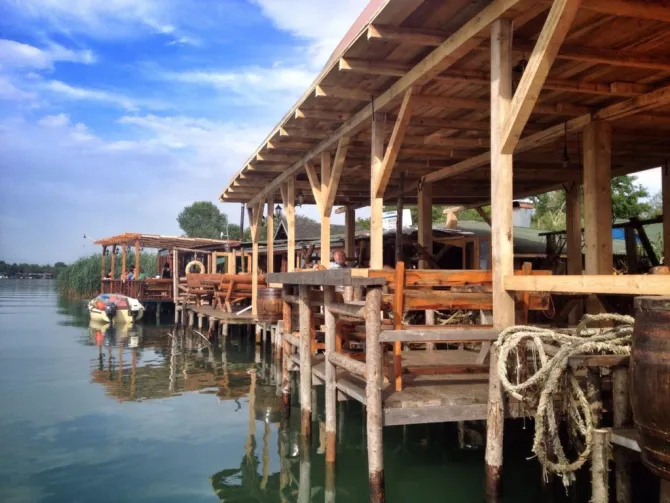
Southern Soul Festival – a musical soul adventure in the sand
Speaking of cool experiences by the beach, another draw to Montenegro’s south coast in summer would be Southern Soul Festival that happens at the end of June. Four days of disco, soul, jazz, funk and house music under the sun and beside the sea. It’s a boutique festival so more underground performers, less crowds than some of the others happening around the Balkans at that time, and one of the most spectacular camp setups right in the heart and heat of Velika Plaža on Copacabana Beach.

Valdanos Bay – the original Olive Garden
About 10 minutes north from Ulcinj is another magical seaside spot to spend some time: Valdanos. Similar to Velika Plaza, getting there is possible only by taxi, your own private car, or by hitching a ride from your local friend’s creepy cousin. Never mind.
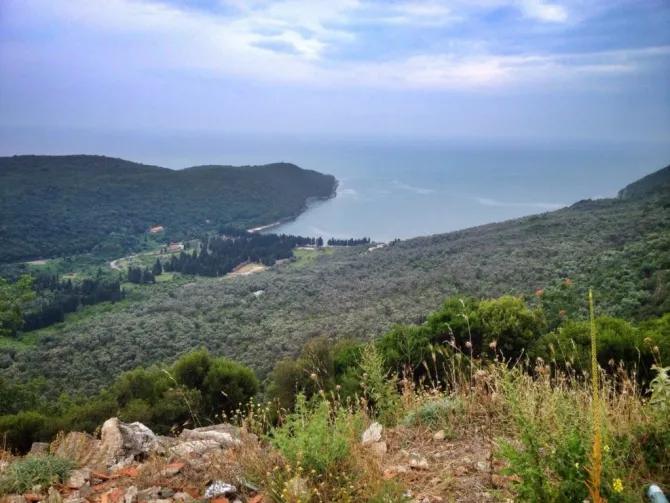
An aquamarine, natural bay surrounded by anywhere from 18,000 to 88,000 olive trees that are anywhere from 300 to 800 years old (you see, a place of legends), Valdanos is where you go to just chill, do some swimming or diving, and catch killer sunsets. Though it can get more crowded in the summer months, overall it’s a peaceful place with plenty of space and on my last visit I had the opportunity to check out its somewhat hidden lighthouse that I never knew existed, but is definitely an awesome place to watch the sun sink into the sea. If you’re standing on the bay looking out towards Italy, there is a small road to the left that takes you there.
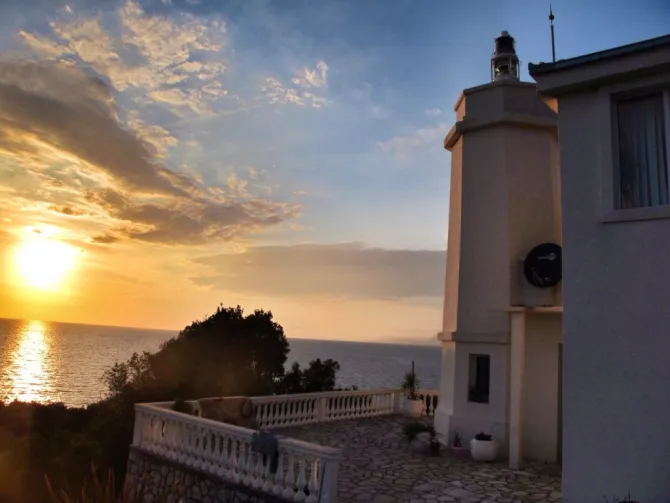
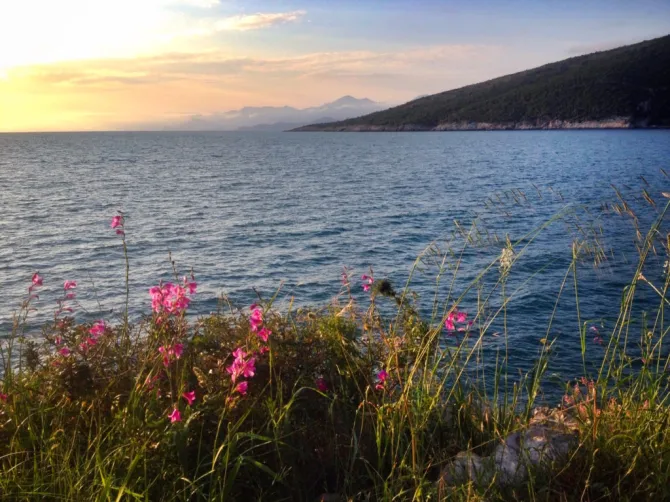
To the right of bay, you can’t help but notice the skeleton of what was once a thriving Yugoslav era resort. Valdanos and its olive groves, as peaceful as it appears, also has its own interesting history that involves a governmental pillaging of sorts which left it closed to the public for a period as first a military base and then military resort. With the breakup of Yugoslavia and then Montenegro’s independence from Serbia, the resort was more or less forgotten and all that remains is the shell of its former self for urbex enthusiasts to explore and one fantastically retro promotional video.

Ulcinj Salina and Lake Šas – a birdwatcher’s paradise
Last but not least are Ulcinj Salina and Lake Šas which are definitely not secrets when looking at a map – they are the two large bodies of water immediately south of the city – but what you can find there may surprise you tremendously.
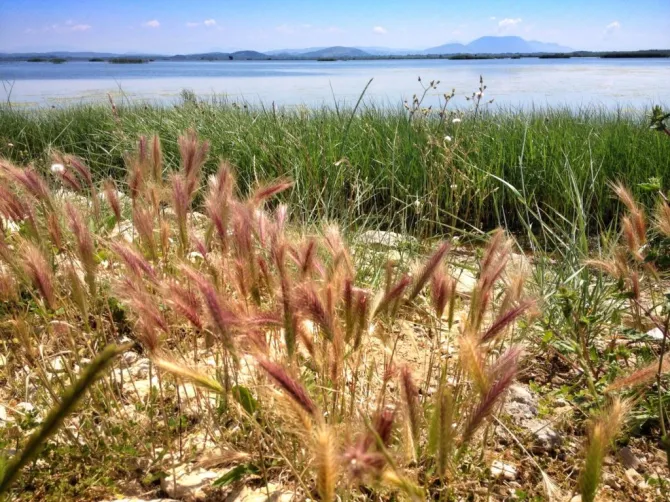
Knowing next to nothing about salinas (minus that Gomez one who was hooking up with Justin Bieber), I was shocked to learn that the Ulcinj Salina is home to half of all bird species that exist in Europe. That means that out of the 500 different birds that have been registered in Europe, around 250 of them can be found here including various osprey, heron, pelicans, and flamingos. Yes, FLAMINGOS.
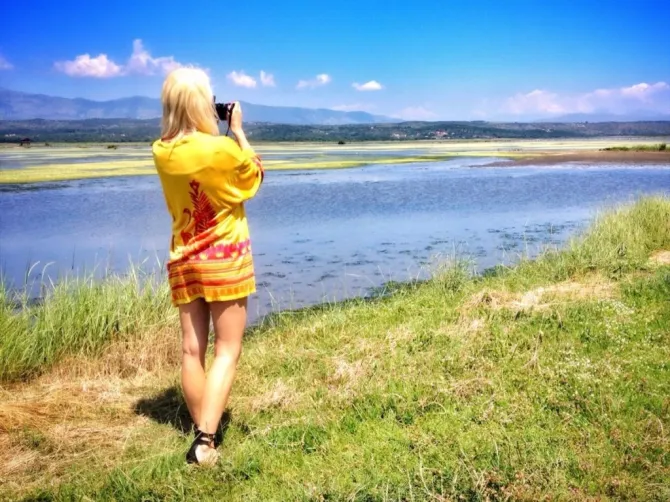
Now I am also not going to pretend that I know a damn thing about birds other than they fly, but I do know it’s not every day you can view flamingos in the wild – in fact the only other place in Europe you can do so is Spain – so I of course jumped at the chance to take a little off road trip to find some. Great success!
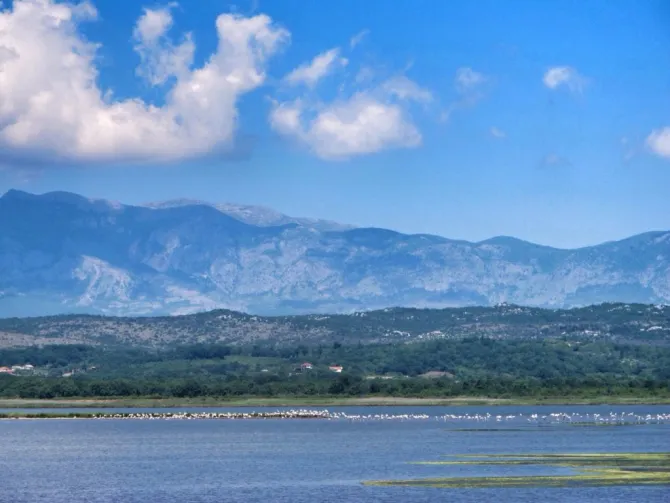
Still a little “wild”, best to get in contact with the organization who is working to keep the salina and abandoned salt factory a sustainable tourist attraction (incidentally the largest producer of salt in the former Yugoslavia) if you want to properly organize a visit. And again, taxi or private transport is the only thing that can get you there.
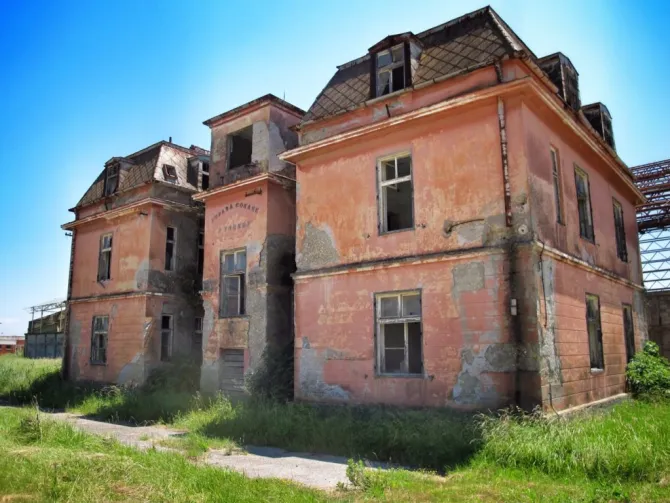


Lake Šas or Sasko Lake is another semi-rugged nature experience not far from the salina so might as well kill two birds with one taxi or car rental. Or actually kill no birds because then you won’t have anything to do there. Another spot for fantastic birdwatching, on Lake Šas you’re able to do it from a boat and go fishing at the same time if you’re so inclined. Just a real peaceful retreat if you’re looking for ultimate relaxation as it seems too far out of the way to ever get overly crowded.
